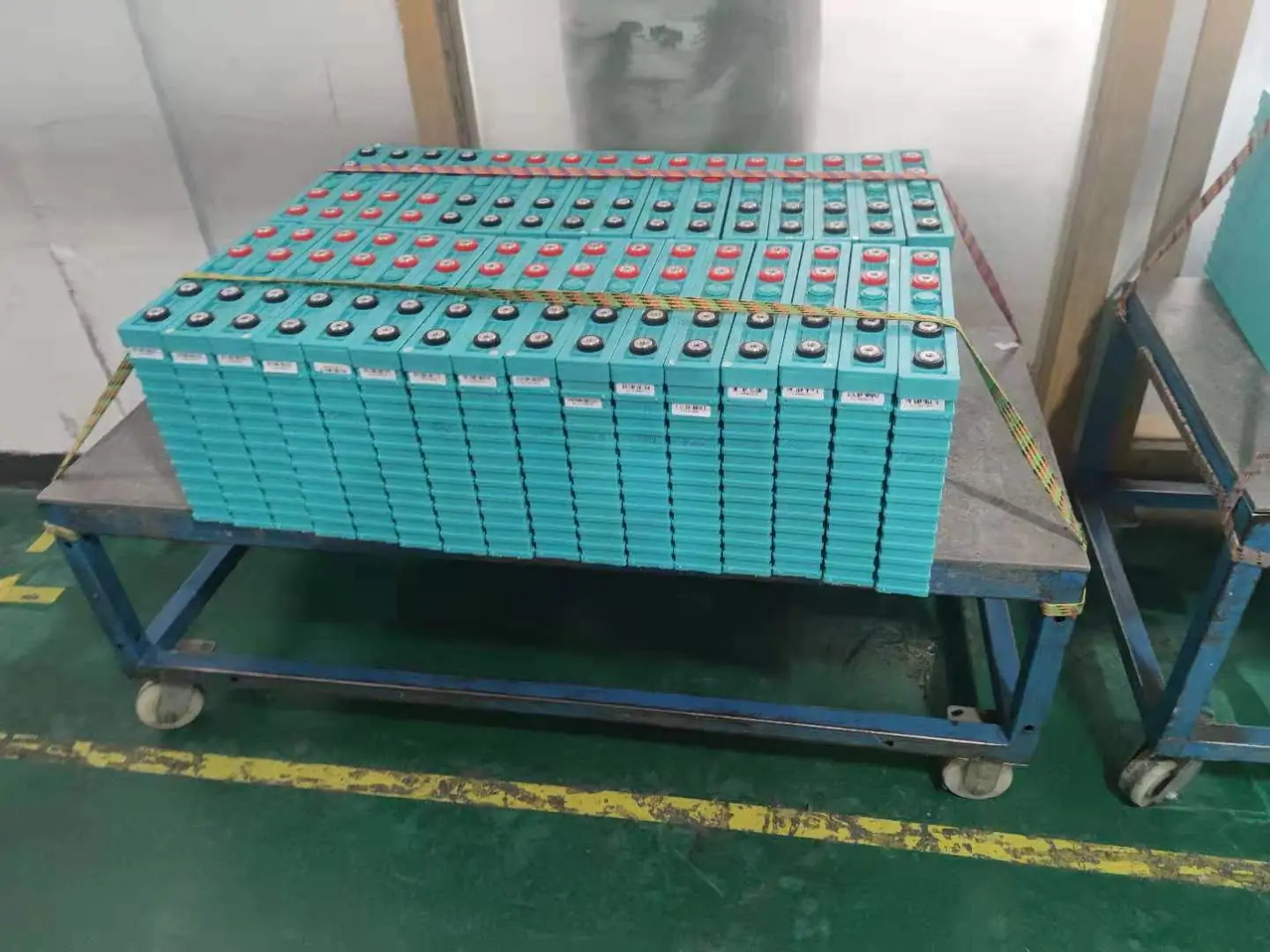 |
Welcome To Evlithium Best Store For Lithium Iron Phosphate (LiFePO4) Battery |
 |
The LiFePO4 battery stands as one of the most sought-after energy solutions today. Renowned for its stable performance, high safety standards, and hassle-free installation, itˇŻs no wonder the LiFePO4 battery has earned such widespread acclaim. Yet, amidst its use, there arises a critical need to address idle periods and the proper storage of this remarkable power source.

Efficiently storing LiFePO4 batteries during idle periods is more than a measure of care; it's an imperative step toward preserving their functionality. Random stacking or improper storage can lead to over-discharge, damaging the battery and rendering your investment futile. Additionally, improper storage can significantly limit the battery's performance. While frequent users might overlook storage, for those utilizing batteries intermittentlyˇŞlike during seasonal activities such as summer campingˇŞadequate storage becomes paramount.
Creating the Right Environment: The storage environment for LiFePO4 batteries must remain dry and well-ventilated throughout the year. Maintaining a state of charge (SOC) of 50% or higher is optimal, but it's crucial to avoid storing batteries at full SOC.
Summer Storage:
Given the higher temperatures in summer, the self-discharge rate of LiFePO4 batteries increases to approximately 3-4% per month. Despite their high-temperature resilience, itˇŻs advisable to avoid placing them in excessively hot environments. A room with a temperature akin to indoor settings serves as the ideal summer storage location.
Winter Storage:
Winter often prompts battery storage, especially for those using LiFePO4 batteries in seasonal activities. The colder temperatures, sometimes dropping to -20ˇăC, result in a lower self-discharge rate of about 2-3% per month. However, it's crucial to maintain storage temperatures higher than room temperature, particularly in -20ˇăC environments. Extremely low temperatures are unfavorable for batteries, hence indoor storage is recommended.
When storing LiFePO4 batteries, disconnect all loads, ensuring complete reserve between positive and negative electrodes. ItˇŻs not advisable to store associated equipment like BMS/inverter/charger connected to the battery, as this accelerates battery consumption. In cases where this connection is necessary, employing a battery protector becomes crucial to prevent battery anomalies. Upon reactivation after storage, remember to re-balance the LiFePO4 battery.
Understanding the virtues of LiFePO4 batteries is one aspect; ensuring their sustained performance demands attention. Properly storing these batteries during idle phases serves as an effective strategy to extend their lifespan and uphold their efficiency.
Edit by editor
All Rights reserved © 2025 Evlithium Limited